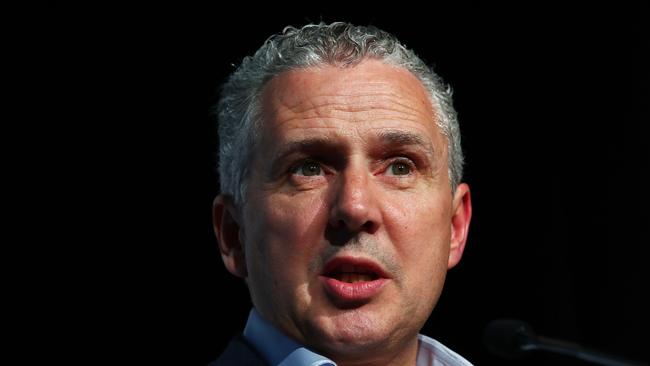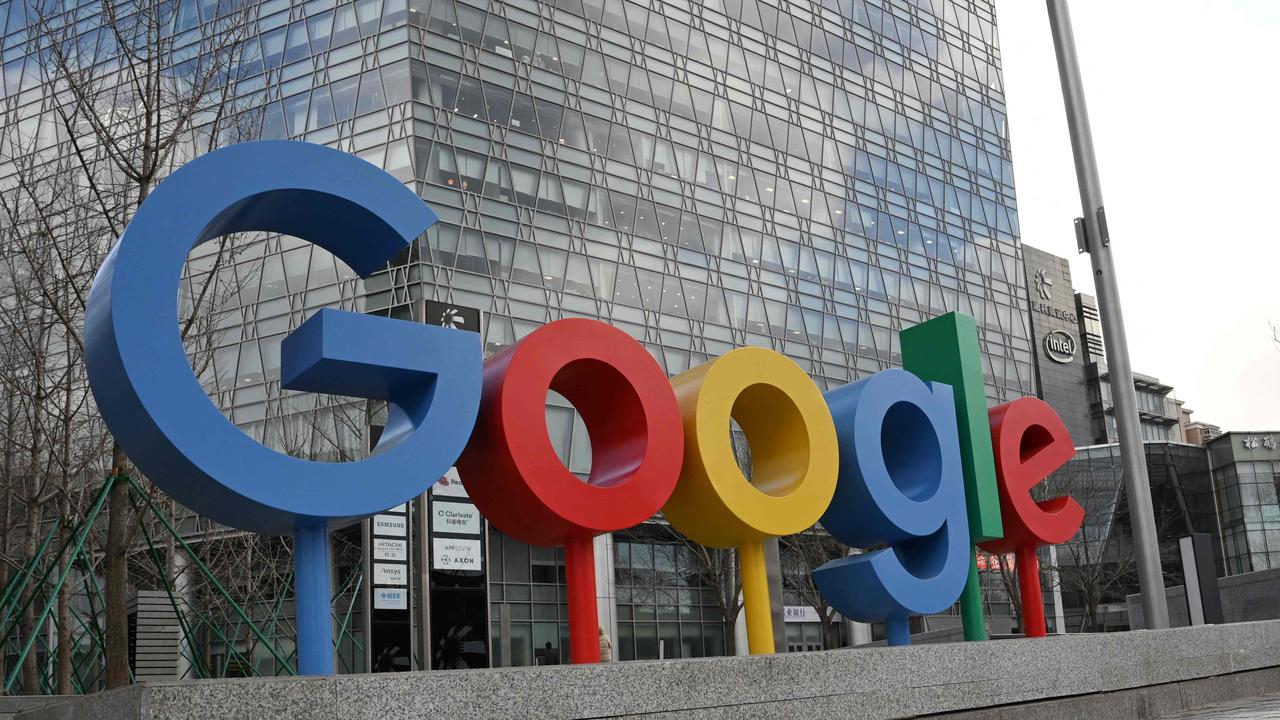Telstra splurges $50m on 5G spectrum
The incumbent telco has spent big in a residual spectrum auction.

Telstra has picked up the lion’s share of the spectrum left over from the 2016 auction process, with the incumbent telco spending $72.5 million to reinforce its existing mobile network and get ready for 5G technology.
The telco has been particularly aggressive in picking up spectrum in the 3.4 MHz band, critical for 5G network deployment, spending $50m for lots in Brisbane. Optus and NBN Co have also focused primarily on the 5G spectrum.
The residual spectrum auction, announced in September, put spectrum in the 1800 MHz, 2GHz, 2.3GHz and 3.4GHz bands on the block. The process has now netted close to $93m for the government with Telstra, which was forced to sit out the latest 700 MHz auction, the biggest spender.
“The additional spectrum we have secured will mean we can continue to deliver the best experience for our customers and meet the ever growing demand for data,” the telco said on Thursday.
“Some of this spectrum will also support the early evolution of 5G technology beyond the trials we already have planned for 2018.”
Telstra’s spectrum splurge was aided by the move by the federal government to scrap allocation limits in the 2GHz band.
The latest auction has also seen the latest mobile player in the country, TPG Telecom, pick up 1800 MHz spectrum for $2.3m.
Meanwhile, Vodafone has spent $7.2m on 1800 MHz and 2GHz spectrum and Optus has spent $6.5m on 2.3 GHz and 3.4 GHz bands. Optus already has significant holdings in the 1800 MHz spectrum, having picked them up in previous auctions.
NBN Co has also picked up some blocks of 2.3 GHz spectrum at the latest spectrum auction for $1.8 million. It has also spent $2.2m for 3.4 GHz spectrum.
The auction, conducted by the Australian Communications and Media Authority (ACMA), started on November 28 and ACMA chair Nerida O’Loughlin said that there was healthy interest in the spectrum from all operators.
“There was good competition across the 1800 MHz, 2 GHz, 2.3 GHz and 3.4 GHz bands,” she said.
“The additional spectrum will mean improved services and greater choice for consumers in those areas where lots have been allocated.’



To join the conversation, please log in. Don't have an account? Register
Join the conversation, you are commenting as Logout